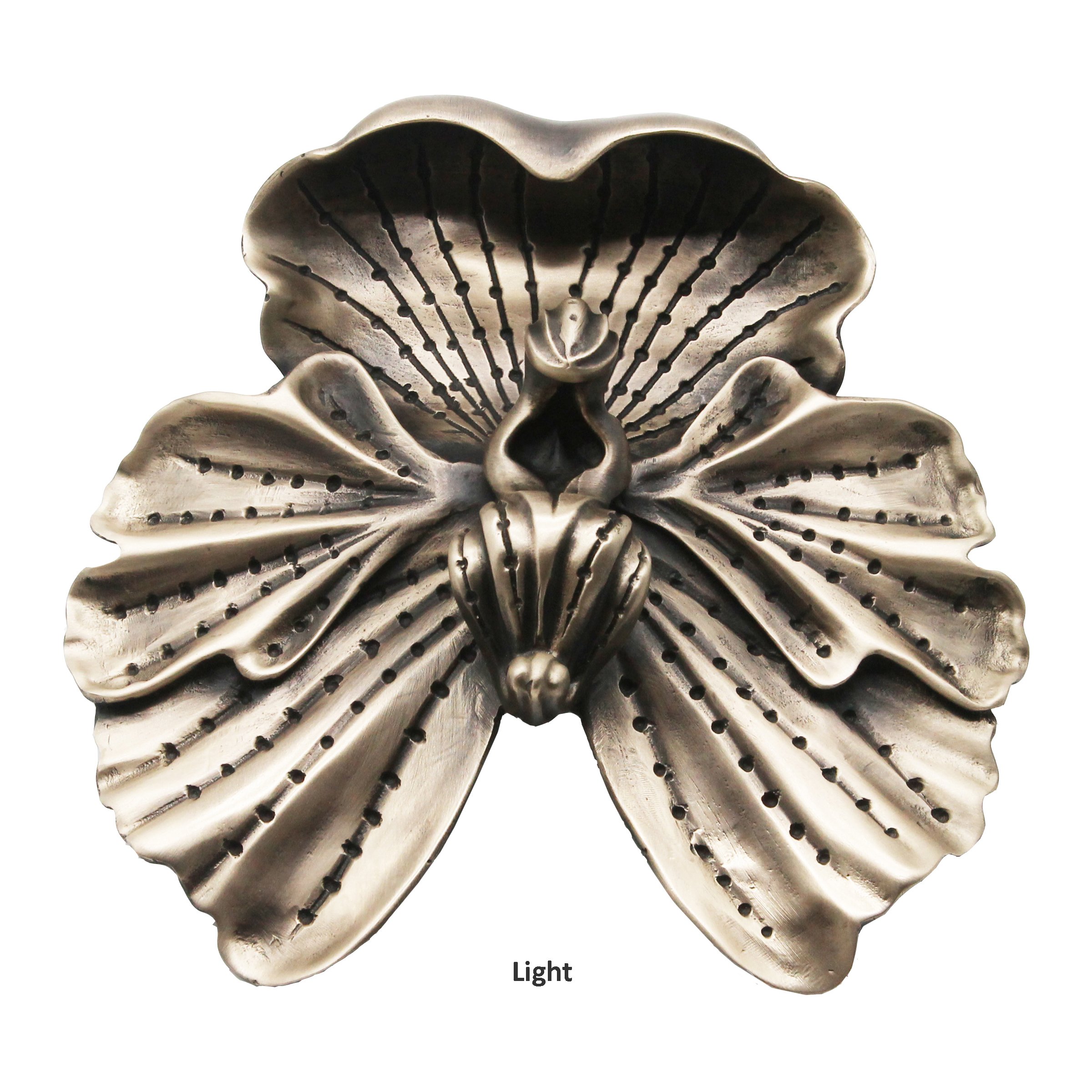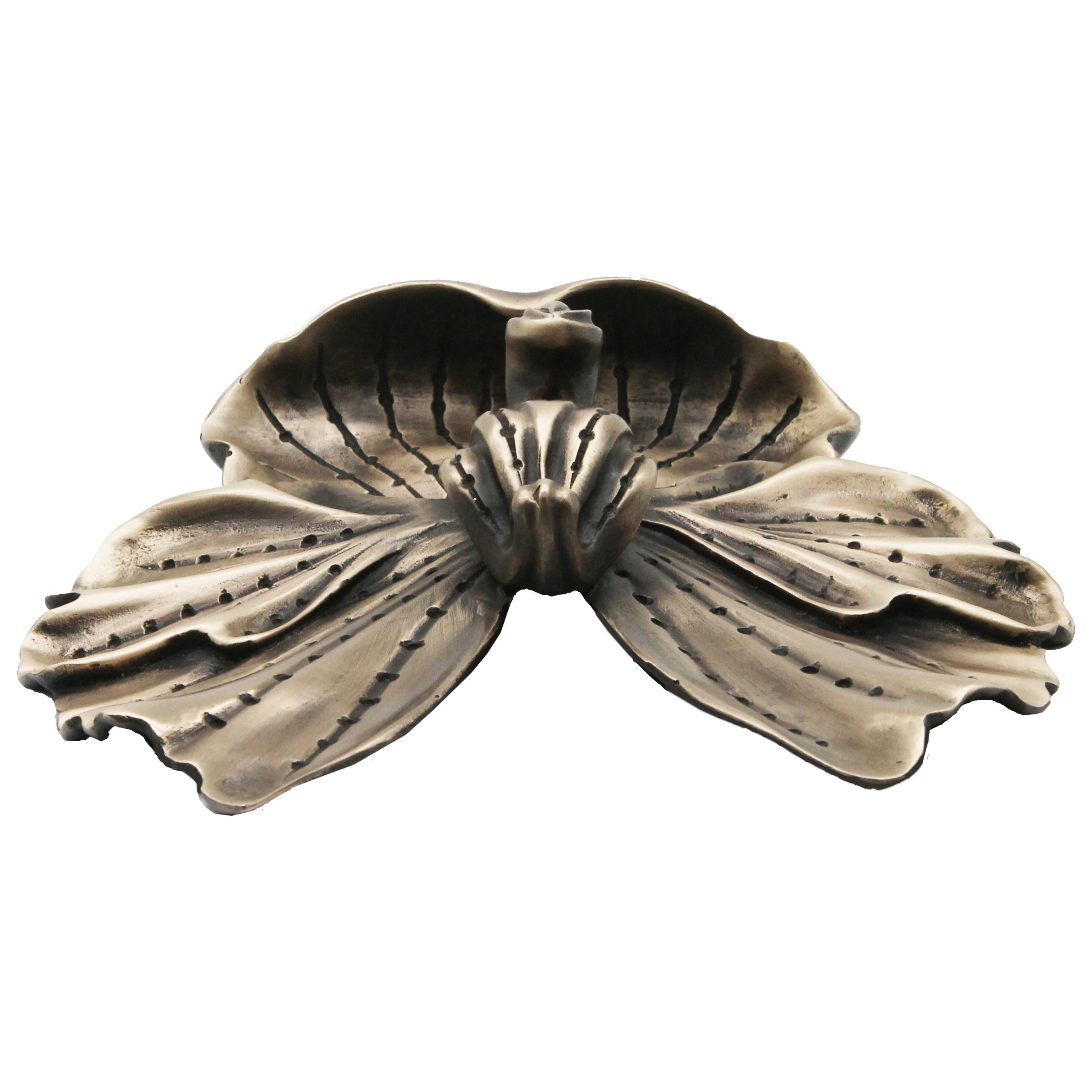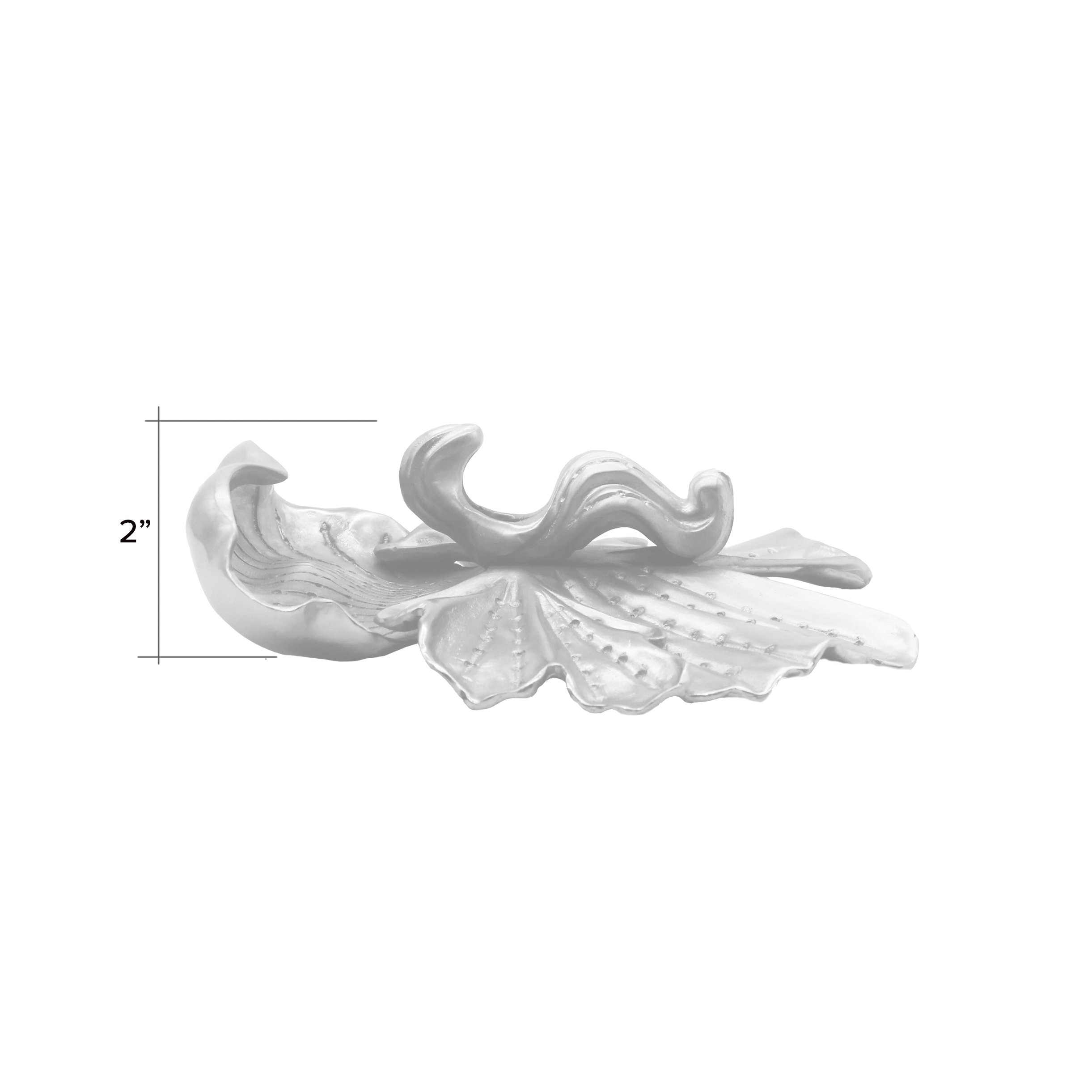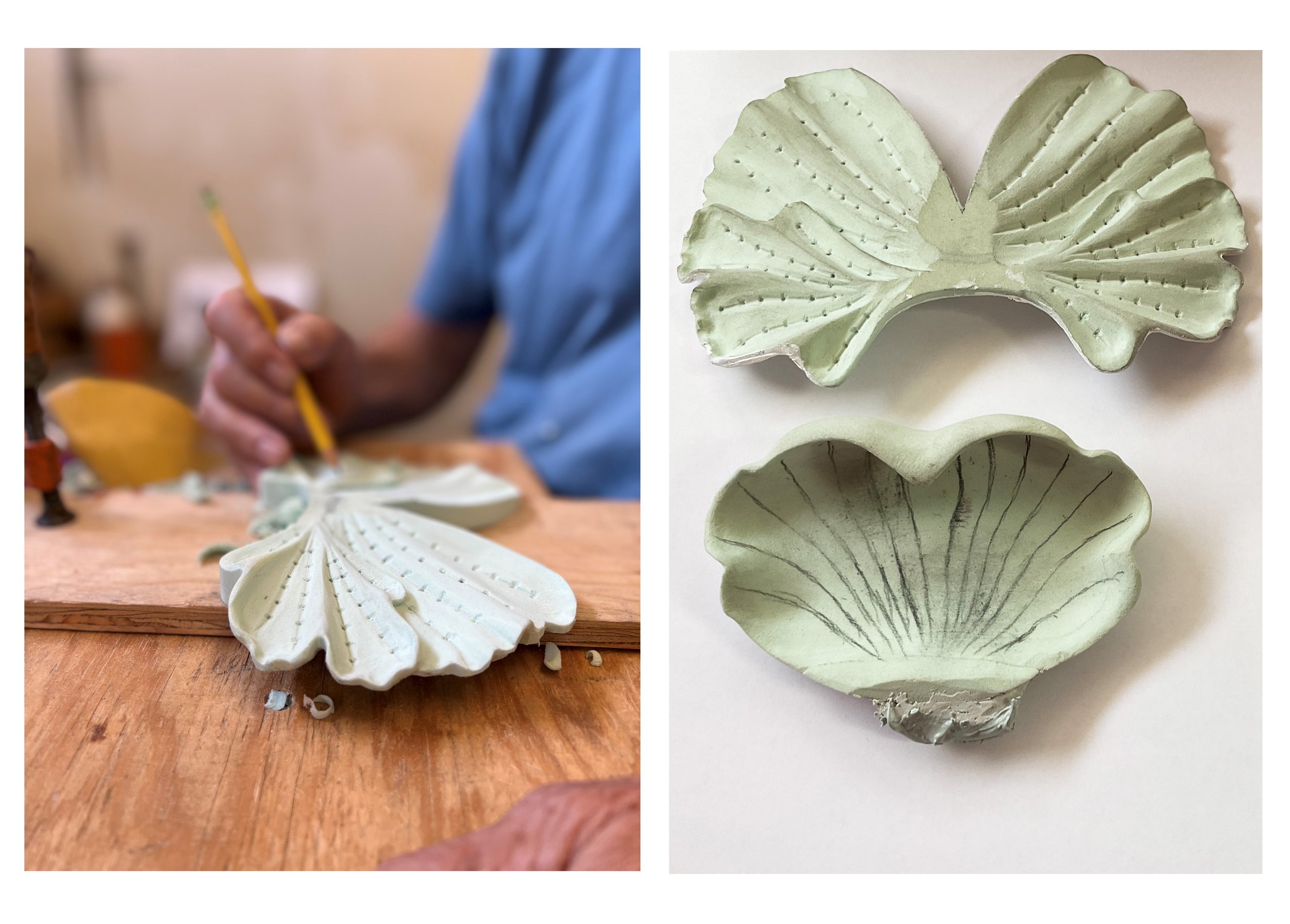Orchid Door Handle
Last year I had the pleasure of working with Kellie Beaubelle a designer in Orinda, CA who was looking for unusual hardware, what followed was a highly imaginative collaboration of design talents.
The project began with a finite plan for one entry handle set, but once installed, the scope was expanded to include all the exterior doors that were fabricated by the door maker with Anderson multi-point locks. To accommodate the multi-point mechanism, we created a new turn piece design that has been added to our Hedgerow and Willow multi-point sets and which we will be expanding to our other multi-points collections.
The project did not end with the entry doors as once the creative genie was out of the bottle Kellie wanted to see what artistic pieces could be added to the master and guest bedrooms. In a previous post we have documented how the Venus slipper orchid was redesigned by Martin Pierce to create a grand scale door pull which for Kellie’s project has been used for 3 large vanity drawers.
Once the concept was approved, we worked with Kellie’s vanity plan to create a mock-up idea showing how the orchid would look on the cabinet drawers. The pattern development and mold creation have been documented in 2 previous posts but now we can share photos of the piece cast in bronze and also nickel plated in a satin finish.
Plan drawing courtesy Kellie Beaubelle
Orchid handles added by Martin Pierce
The Venus slipper orchid has a pronounced stamen and labellum that project out from the body of the flower and in the casting, it is these points that are gripped to pull open the door or drawer.















